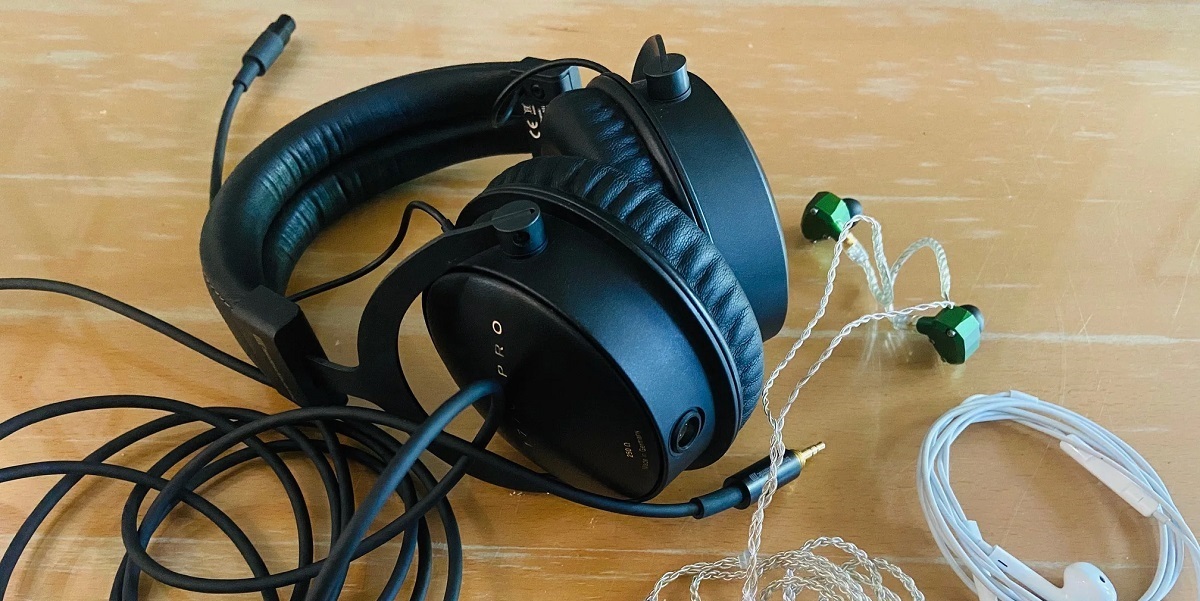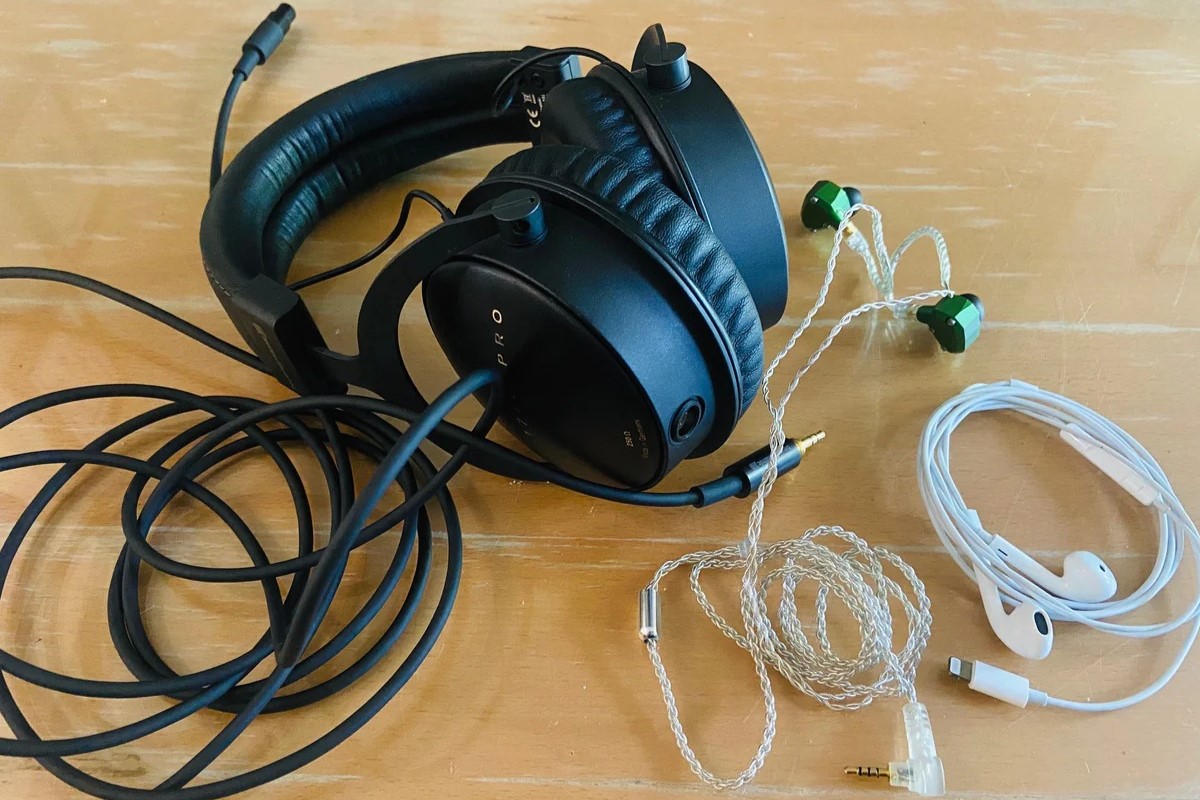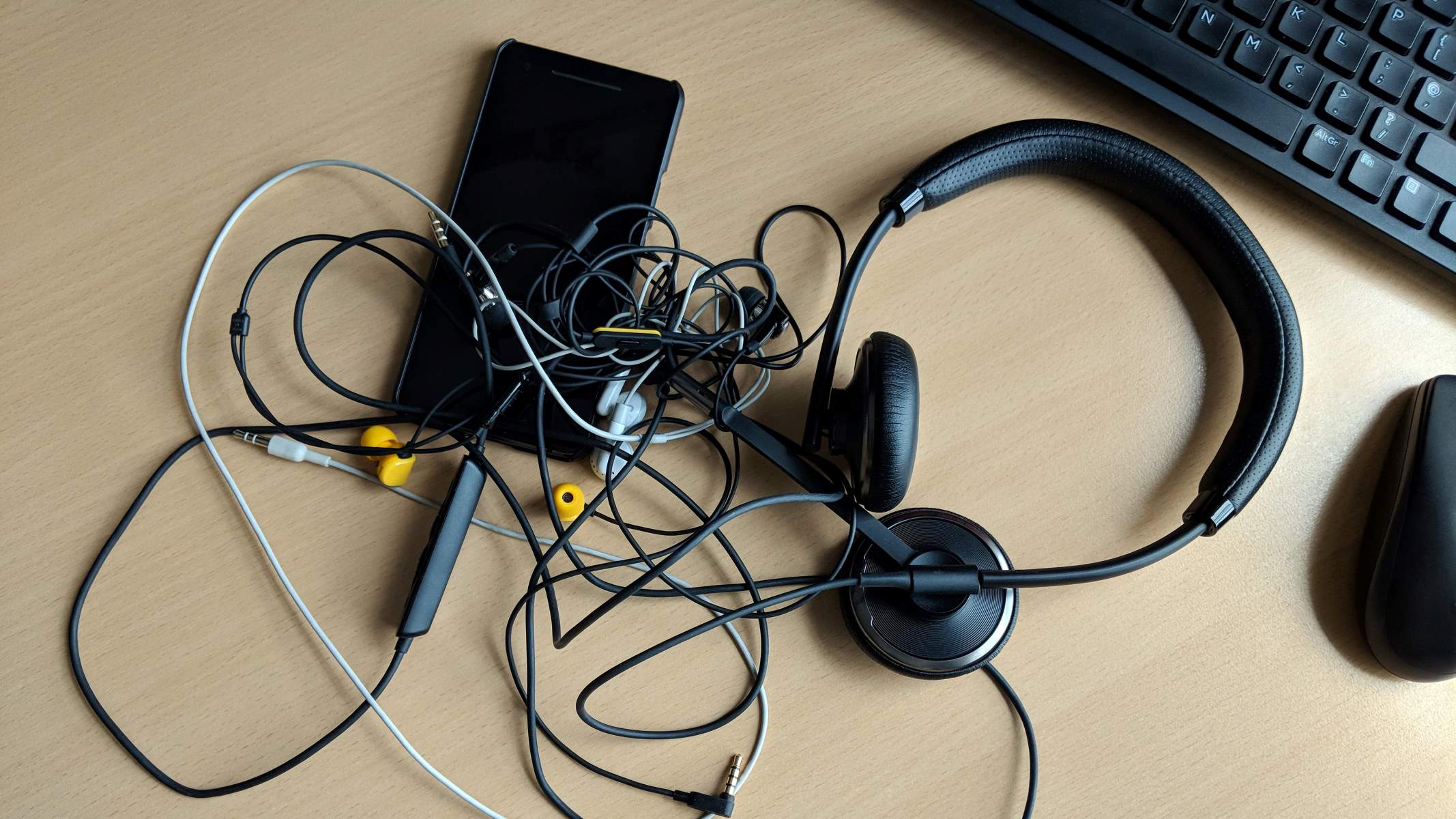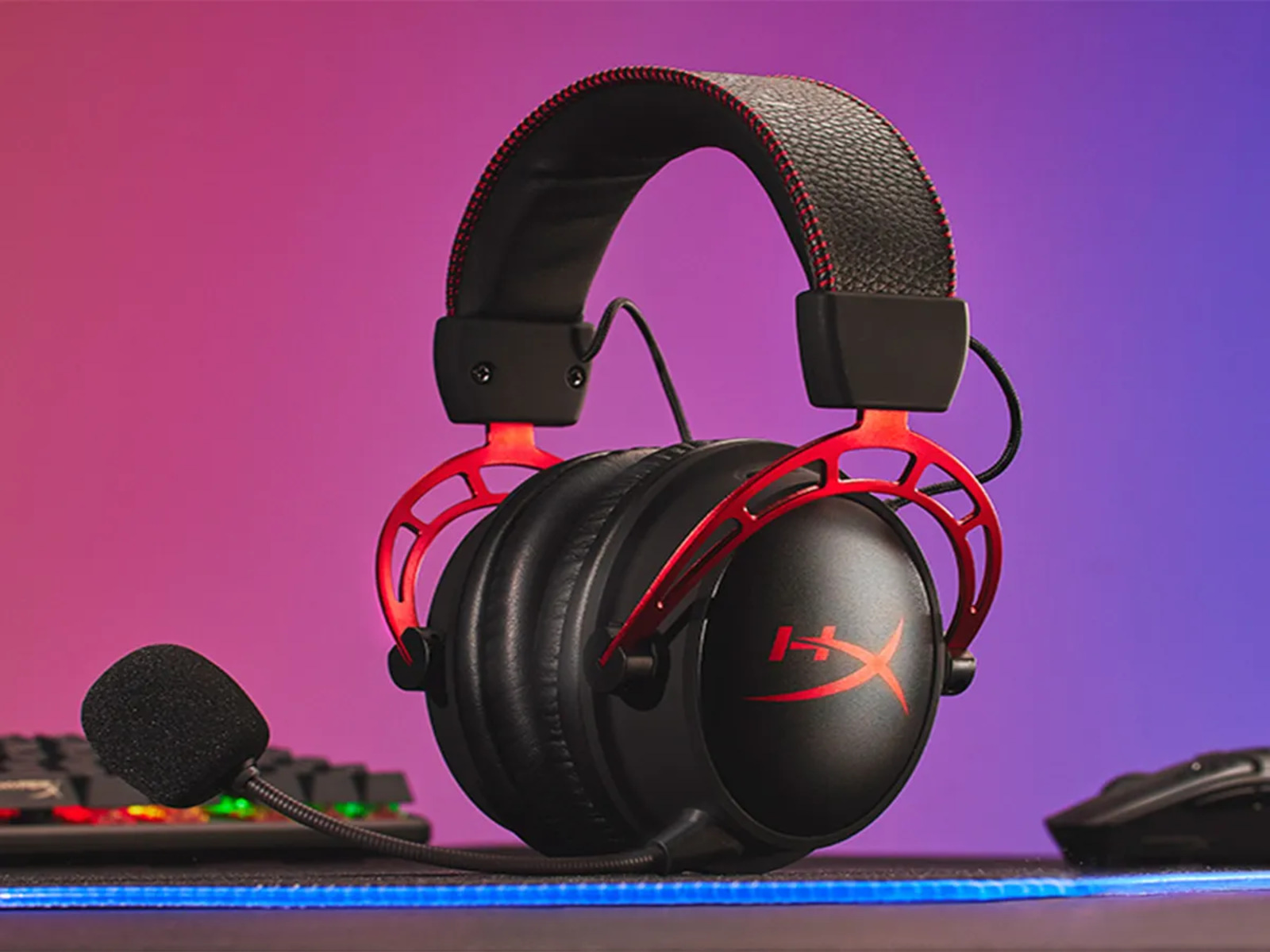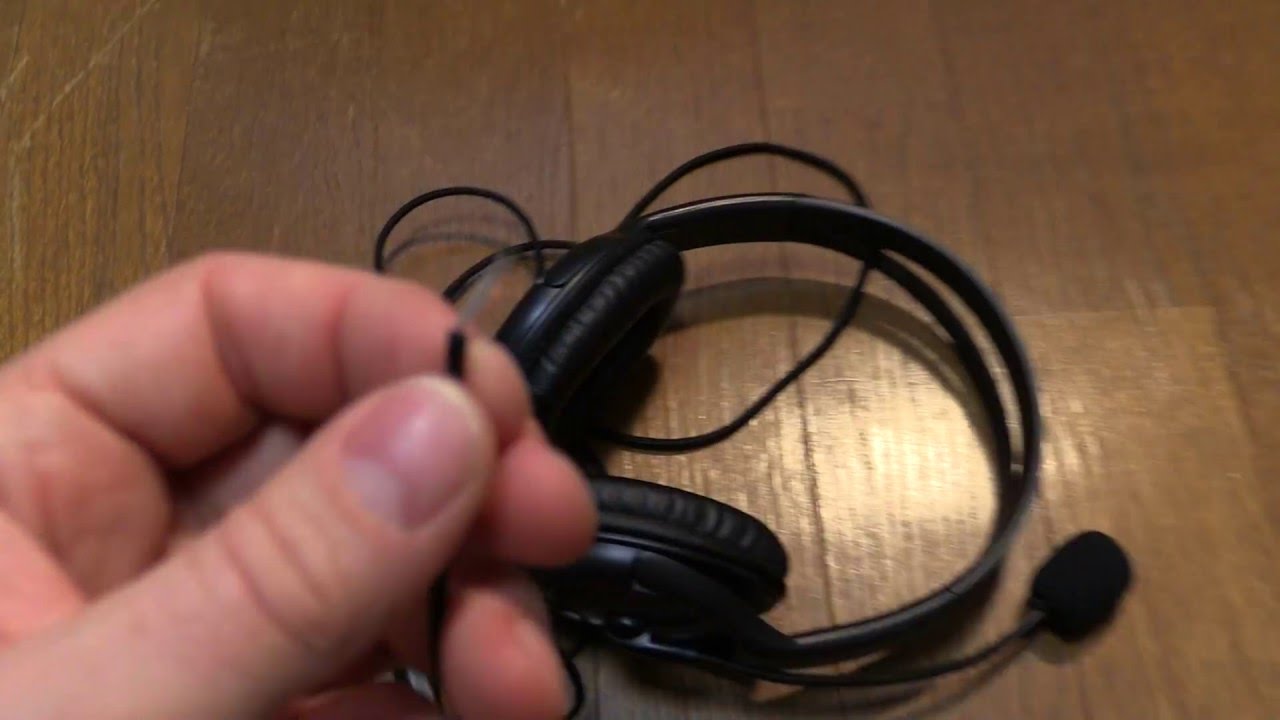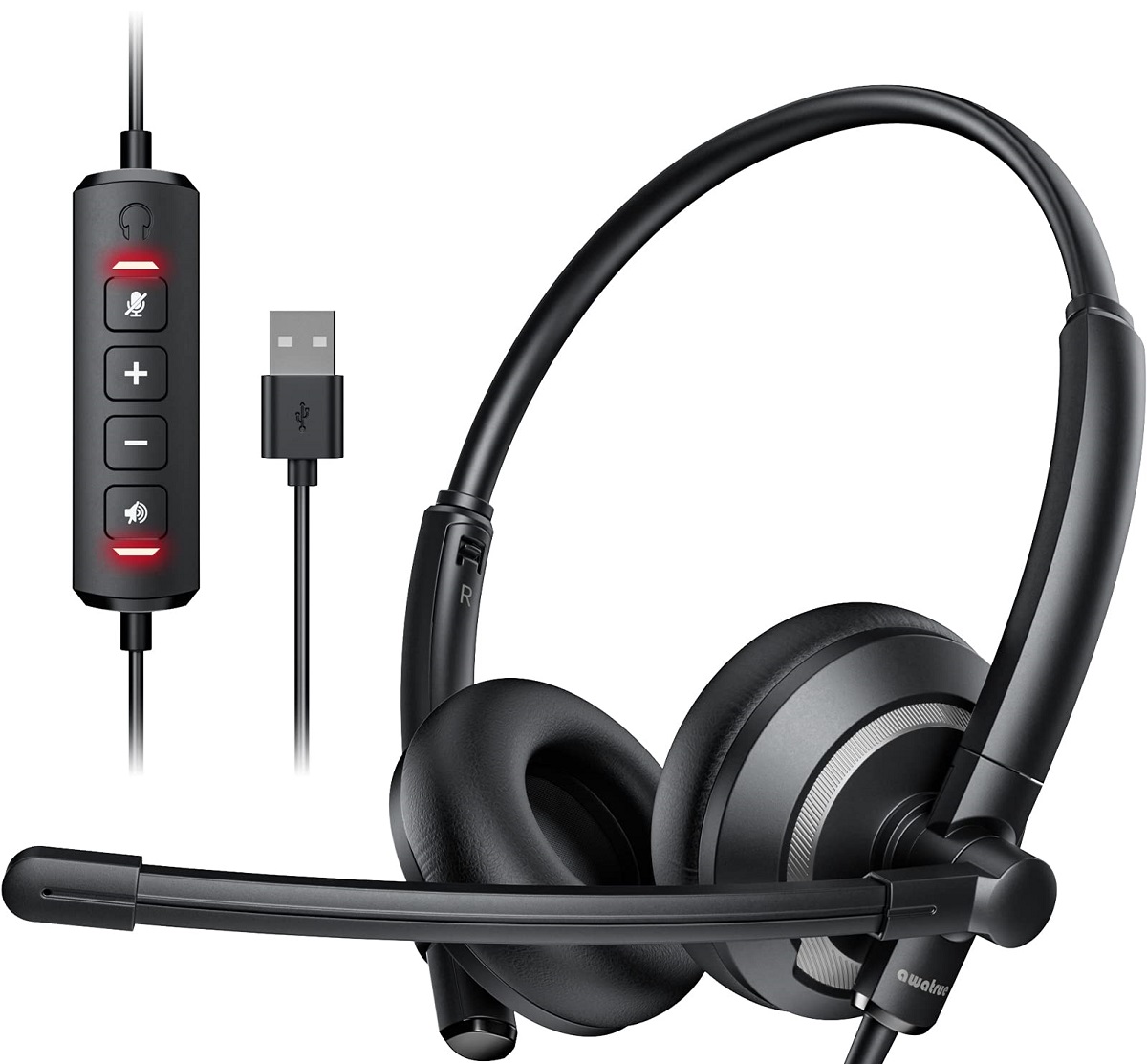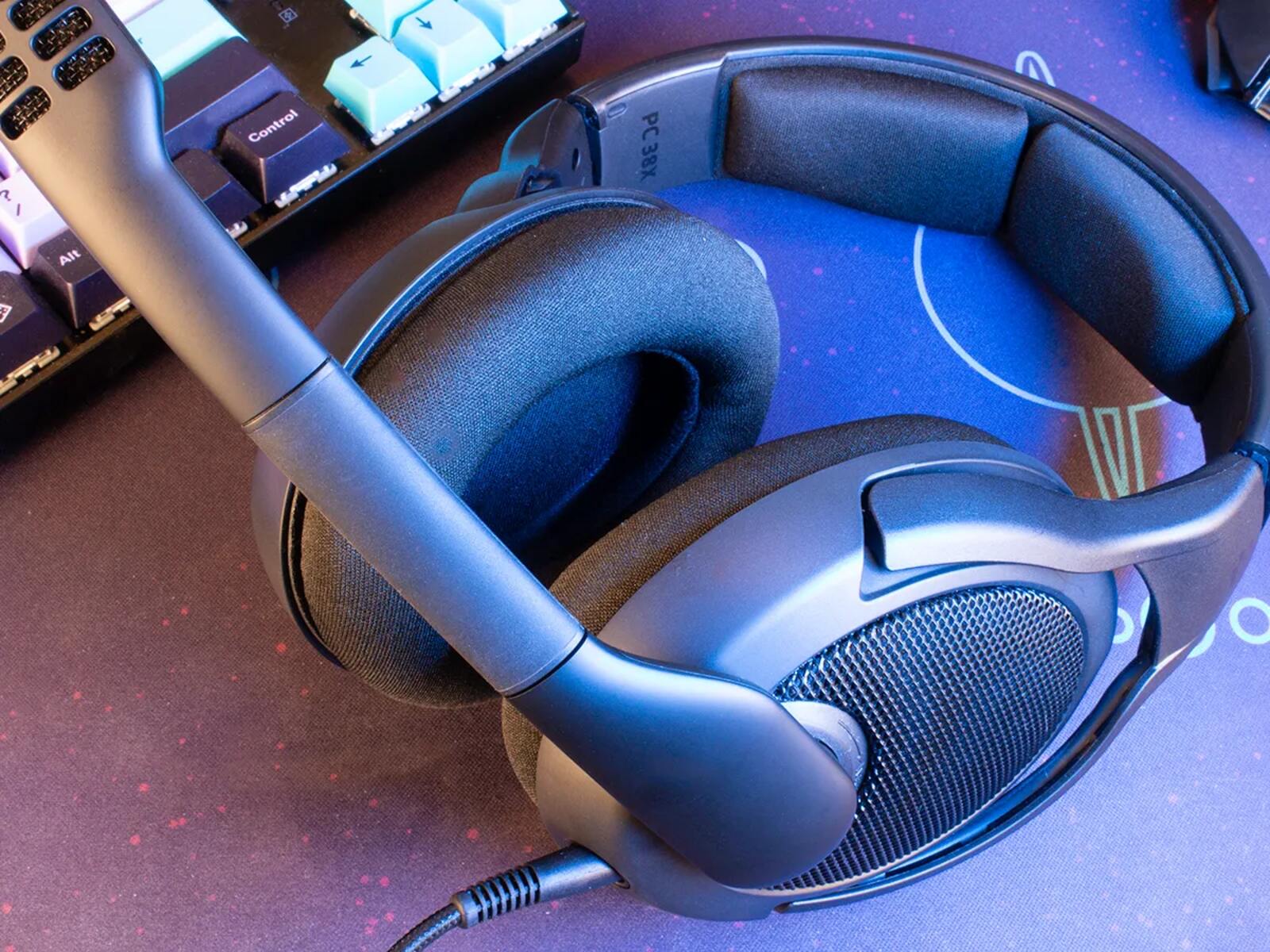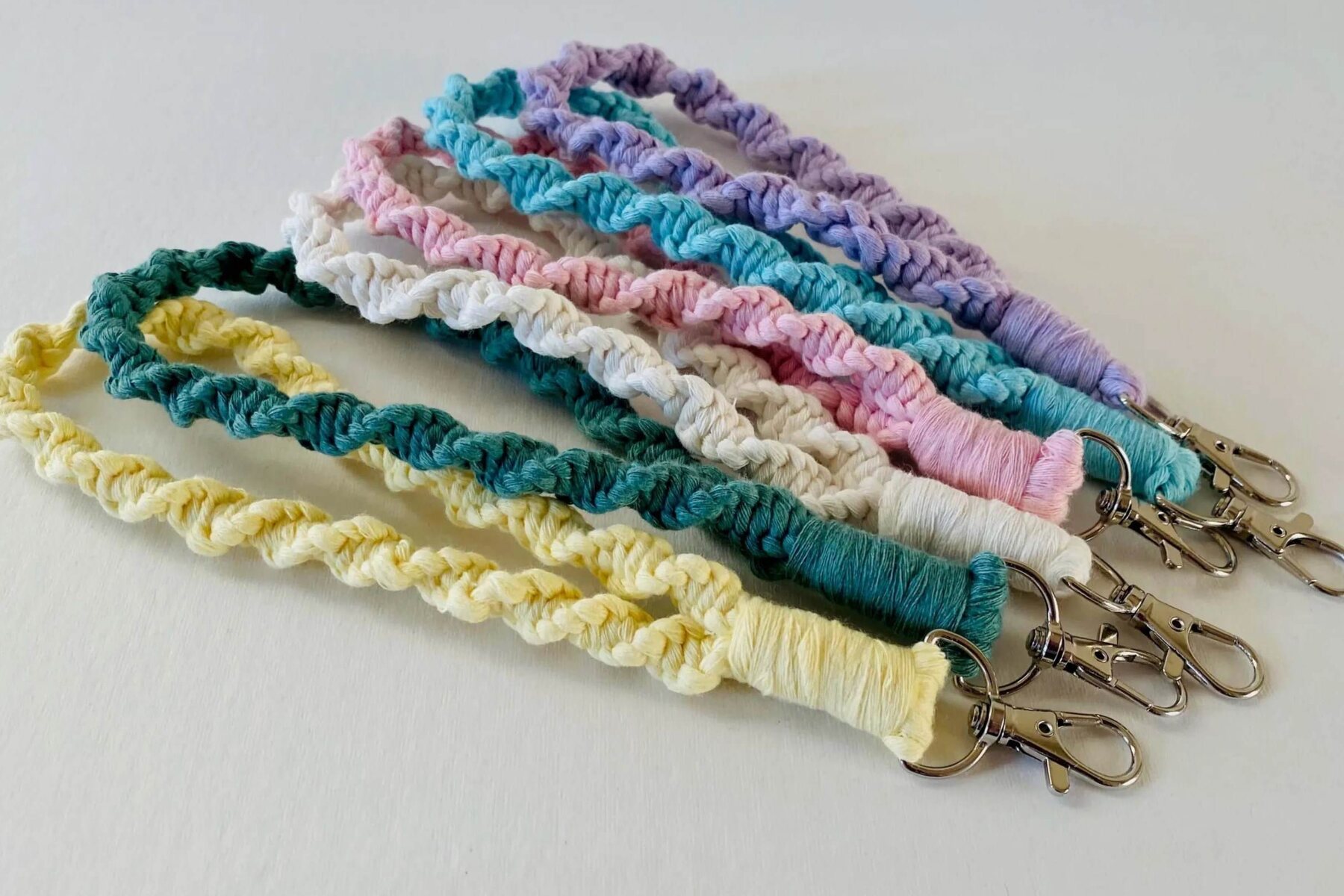Introduction
Have you ever reached for your favorite headphones, only to find the cord tangled into an intricate knot? It's a frustrating scenario that many of us have experienced. Whether it's your trusty earbuds or your high-end over-ear headphones, twisted cords can be a constant nuisance. The good news is that there are practical steps you can take to prevent these frustrating tangles and keep your headset cord in pristine condition.
In this article, we'll explore the common causes of twisted headset cords and provide you with a range of tips to help you maintain a tangle-free listening experience. By implementing these strategies, you can say goodbye to the exasperating task of unraveling knots and hello to hassle-free audio enjoyment.
Let's delve into the world of cord care and discover the simple yet effective methods for preventing twists in your headset cord. Whether you're an audiophile, a podcast enthusiast, or someone who simply enjoys a good playlist, these tips will help you preserve the quality and longevity of your beloved headphones. So, let's untangle the mystery of twisted cords and equip you with the knowledge to keep your headset cord in optimal condition.
Understanding the Problem
The issue of twisted headset cords is a common frustration for many individuals who rely on headphones for their audio needs. Understanding the root causes of this problem is essential in devising effective strategies to prevent it. Twists and tangles in headset cords can occur due to various reasons, often stemming from how the cord is handled and stored. When cords are repeatedly coiled, folded, or tangled, they are more likely to develop twists that can be challenging to unravel. Additionally, the material of the cord and the design of the headset can contribute to tangling issues. Headset cords made from materials that retain memory, such as certain types of rubber or plastic, are more prone to retaining the shape of their coiling, leading to twists and knots.
Furthermore, the way in which the headset is stored when not in use can significantly impact the likelihood of cord tangles. Tossing headphones into a bag or pocket without proper organization can result in a tangled mess when they are retrieved. In some cases, the twists may even become more pronounced if the cord is subjected to pressure or friction while stored in a confined space. Environmental factors, such as humidity and temperature, can also affect the flexibility and resilience of the cord material, potentially exacerbating tangling issues.
Understanding the problem of twisted headset cords involves recognizing the interplay of these factors and their impact on the overall condition of the cord. By identifying the root causes of cord twists, individuals can take proactive measures to mitigate these issues and preserve the integrity of their headset cords. With a clear understanding of the problem at hand, it becomes possible to implement targeted solutions that address each contributing factor, ultimately leading to a reduction in cord tangles and a more enjoyable audio experience.
Tips for Preventing Twists in Your Headset Cord
-
Proper Storage: One of the most effective ways to prevent twists in your headset cord is to store it properly. When not in use, consider using a headphone case or a dedicated pouch to keep your headphones neatly coiled. Avoid haphazardly tossing them into your bag or pocket, as this can lead to unnecessary tangles.
-
Straightening Technique: If you notice minor twists in your headset cord, a simple straightening technique can help. Hold the cord firmly at the base and gently run your fingers along its length, smoothing out any kinks or loops. This method can help prevent small tangles from escalating into more complex knots.
-
Cable Management Accessories: Explore the use of cable management accessories such as cord organizers, clips, or Velcro ties. These tools can help keep your headset cord neatly organized and prevent it from becoming entangled with other items. Investing in a few of these accessories can make a significant difference in maintaining a tangle-free cord.
-
Avoid Sharp Bends: Be mindful of how you handle your headset cord during use. Avoid sharp bends or twists that can put unnecessary strain on the cord. When connecting or disconnecting your headphones, handle the cord gently to minimize the risk of creating tangles.
-
Untangling Method: In the event that your cord does become twisted, it's essential to untangle it carefully. Avoid forcefully pulling or yanking the cord, as this can worsen the tangles or even damage the internal wiring. Instead, patiently work through the twists, gently separating the strands until the cord is straightened.
-
Regular Maintenance: Incorporate regular maintenance into your headphone care routine. Periodically inspect the cord for any signs of wear or tangles, and address any issues promptly. By staying proactive, you can prevent minor tangles from escalating into more challenging knots.
-
Material Consideration: When purchasing new headphones, consider the material of the cord. Opt for cords made from flexible and tangle-resistant materials, such as braided fabric or silicone. These materials are less prone to developing twists and offer increased durability.
By implementing these tips, you can significantly reduce the occurrence of twists in your headset cord, ensuring that your headphones remain tangle-free and ready for uninterrupted use. Incorporating these practices into your headphone care routine can lead to a more enjoyable and hassle-free audio experience.
Conclusion
In conclusion, the frustration of dealing with twisted headset cords is a common annoyance that can detract from the overall enjoyment of using headphones. However, by understanding the factors that contribute to cord twists and implementing proactive measures, individuals can effectively prevent and minimize this issue. Proper storage, gentle handling, and the use of cable management accessories are key elements in maintaining a tangle-free headset cord.
It's important to recognize that the material of the cord plays a significant role in its susceptibility to tangling. When selecting new headphones, opting for cords made from flexible and tangle-resistant materials, such as braided fabric or silicone, can greatly reduce the likelihood of twists and knots. Additionally, incorporating regular maintenance into your headphone care routine allows for early detection and resolution of any potential tangles, preserving the longevity of your headphones.
By following the tips outlined in this article, individuals can take proactive steps to prevent twists in their headset cords, ensuring that their headphones remain in optimal condition for uninterrupted use. These practices not only contribute to a more enjoyable audio experience but also extend the lifespan of the headphones, ultimately saving time and frustration associated with untangling knots.
In essence, the prevention of twisted headset cords is a manageable endeavor that begins with a combination of mindful handling, proper storage, and the utilization of tangle-resistant materials. By integrating these strategies into your headphone care routine, you can bid farewell to the exasperating task of unraveling knots and welcome a seamless and hassle-free audio experience.







